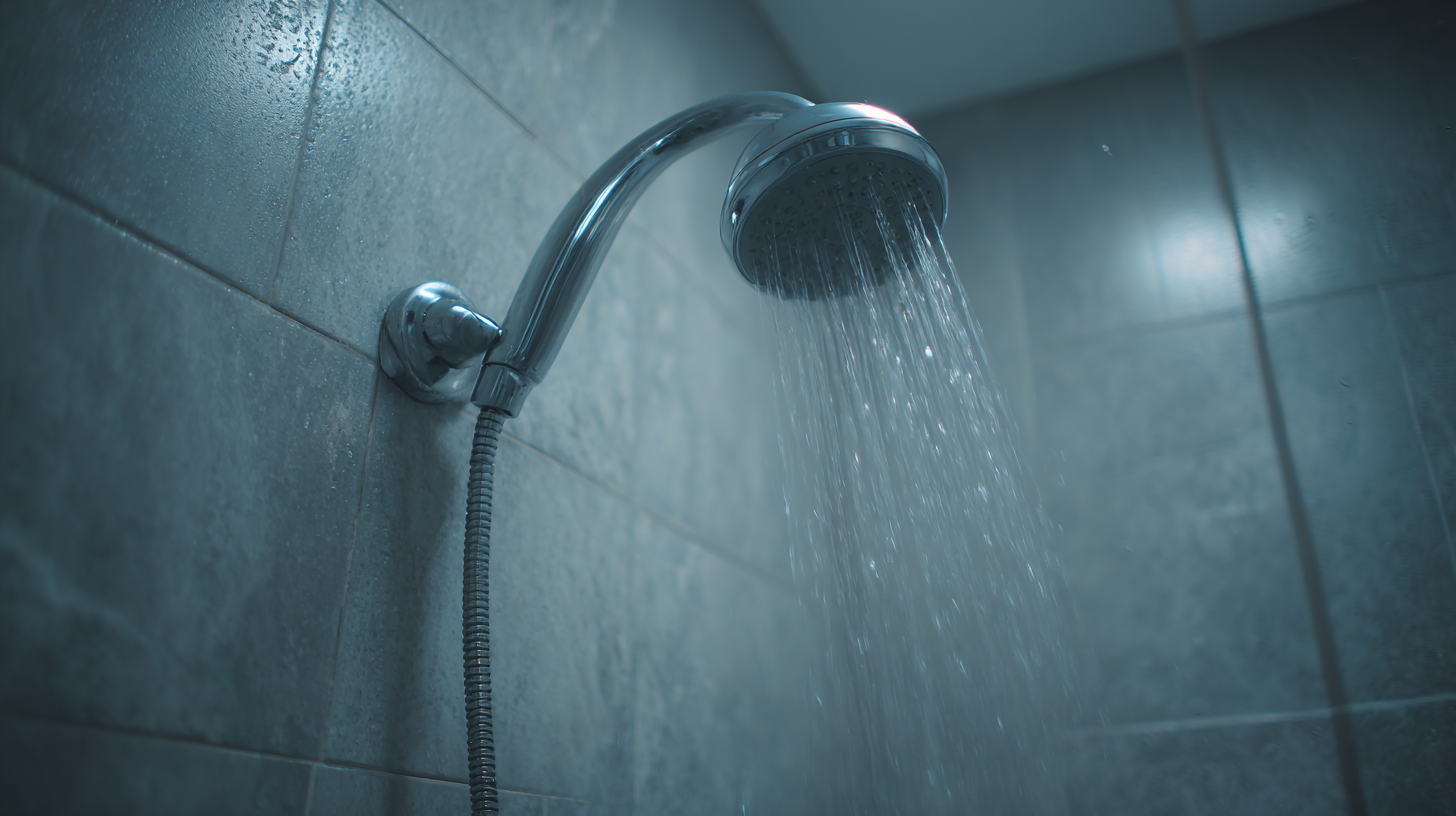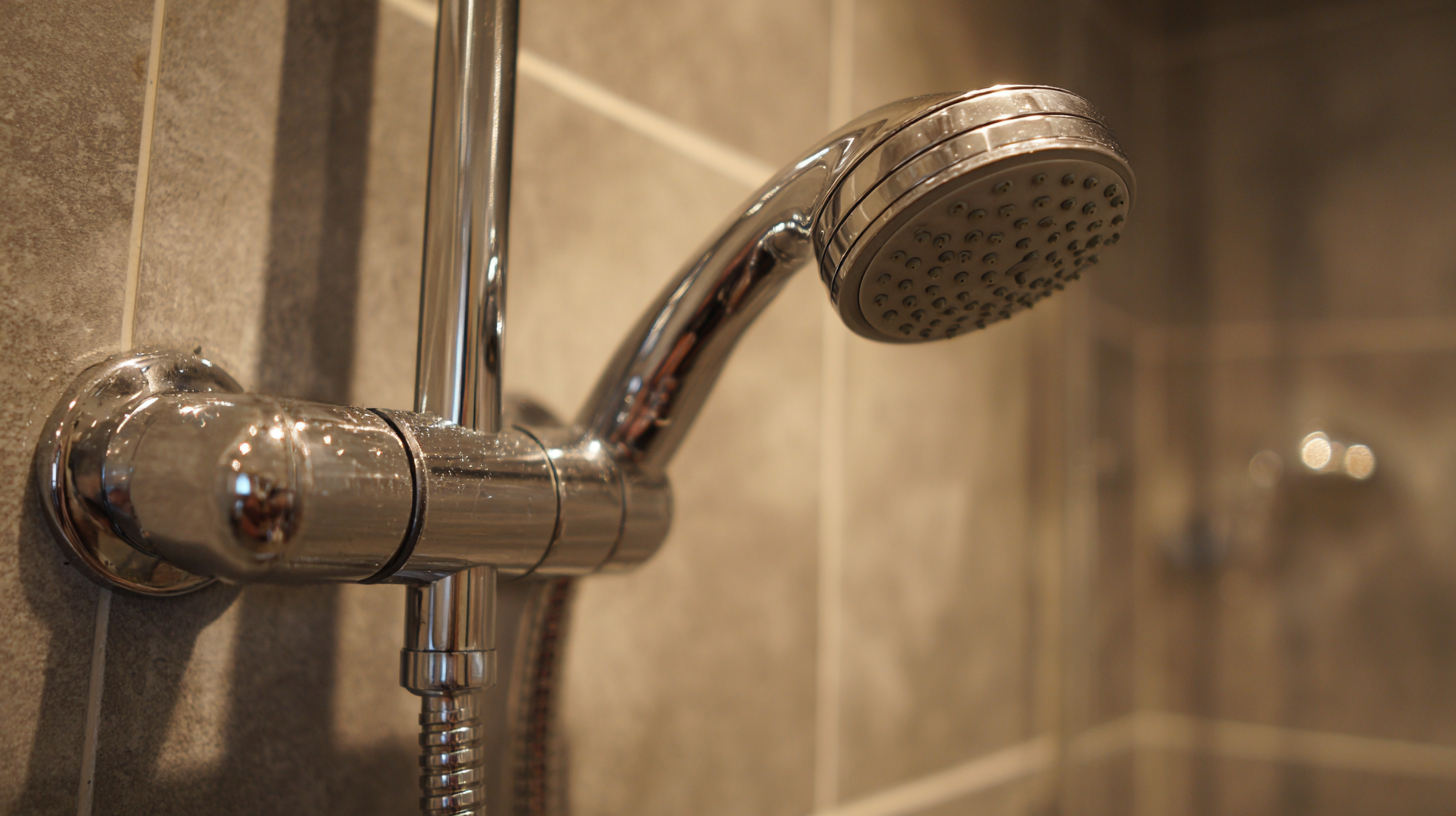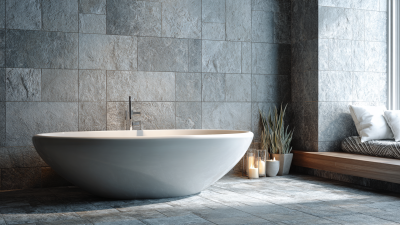Essential Shower Plumbing Tips: How to Avoid Common Installation Mistakes
When it comes to shower plumbing installation, avoiding common mistakes is crucial for both functionality and longevity. According to a recent industry report by the National Kitchen and Bath Association, improper installation is a leading cause of plumbing issues, accounting for up to 30% of costly repairs in residential settings. These mistakes can range from inadequate sealing and wrong pipe sizing to faulty fixture selection, which may lead to leaks, water damage, and inefficient water flow.

As homeowners increasingly invest in high-quality shower systems, understanding the essential tips for shower plumbing can prevent these pitfalls and ensure a successful installation. By adhering to best practices and staying informed about industry standards, homeowners can enjoy the comfort and efficiency of their showers without the stress of preventable plumbing failures.
Understanding Shower Plumbing: Key Statistics on Common Installation Errors
When it comes to shower plumbing, understanding the common installation errors can significantly enhance the efficiency and longevity of your bathroom setup. Key statistics reveal that improper drainage and inadequate water pressure are among the top issues faced by homeowners. A significant percentage of bathroom remodels encounter setbacks due to poor planning or oversight in plumbing details, which often results in expensive repairs and inconveniences in the long run.

Experts emphasize the importance of proper measurements and installation techniques. For instance, incorrect placement of fixtures can lead to leaks, while awkwardly positioned showerheads might cause discomfort in use. Additionally, many opt for walk-in showers without fully considering the implications of their layout. Failing to account for slope in the flooring can result in water pooling, creating a slippery hazard and potential damage to the surrounding areas. By adhering to essential plumbing tips and being mindful of common pitfalls, homeowners can enjoy a functional and beautiful shower space without the hassle of installation mistakes.
Essential Tools for Shower Installation: A Data-Driven Approach
When it comes to shower installation, having the right tools at your disposal is essential for a successful project. A data-driven approach to selecting tools can save you time and money. Start with basic plumbing tools like a pipe wrench, adjustable pliers, and a level. These essentials allow for precise adjustments and help ensure that your installation is both secure and level.
In addition to the basics, consider investing in more specialized equipment. A drain removal tool can simplify the process of replacing old drains, while a caulking gun is invaluable for sealing gaps and preventing leaks. Before starting your installation, gather all necessary tools and materials ahead of time. This preparation will minimize disruptions and streamline the process, allowing for a smoother installation experience.
Avoid common installation mistakes by adhering to best practices. First, always turn off your water supply before beginning any work to prevent unexpected leaks. Secondly, double-check all measurements before cutting pipes; this can prevent costly errors. Lastly, don't rush the sealing process—applying caulk with precision will ensure longevity and performance. By taking these tips into consideration and using the right tools, you can achieve a successful and hassle-free shower installation.
Essential Shower Plumbing Tips: How to Avoid Common Installation Mistakes
| Installation Mistake | Description | Consequences | Prevention Tips |
|---|---|---|---|
| Incorrect Pipe Sizing | Using pipes that are too small or too large for the system. | Low water pressure or risk of leaks. | Consult sizing charts based on flow rate. |
| Improper Drain Slope | Not sloping the shower drain correctly. | Water pooling in the shower. | Ensure a minimum slope of 1/4 inch per foot. |
| Neglecting Water Pressure | Ignoring existing water pressure levels. | Unsatisfactory shower experience. | Test water pressure before installation. |
| Using Compatible Fixtures | Installing fixtures that don't match the plumbing. | Leaks and inefficiency in water use. | Choose fixtures compatible with your existing system. |
| Skipping the Drain Test | Not testing the drain before finishing. | Potential for major water damage. | Test drain functionality before finalizing the installation. |
Essential Tools for Shower Installation
| Tool | Purpose | Importance Level |
|---|---|---|
| Pipe Wrench | Tightening and loosening plumbing connections. | High |
| Level | Ensuring proper alignment of fixtures. | High |
| Tape Measure | Measuring space for fixtures and fittings. | Medium |
| Screwdriver Set | Installing screws in various fittings. | Medium |
| Caulk Gun | Applying sealant to joints. | High |
Top 5 Shower Drain Installation Mistakes: Statistics You Can't Ignore
When it comes to shower drain installation, many homeowners overlook crucial details that can lead to costly mistakes. Research indicates that nearly 75% of plumbing issues are the result of improper installations, with shower drains being a significant contributor. Among the top mistakes are overlooking the slope required for proper drainage, using the wrong type of drain assembly, and neglecting to account for potential clogs caused by beauty products. A recent study found that products like scrubs and creams not only clog drains but can also compromise the effectiveness of your plumbing over time.

To avoid these pitfalls, consider these tips: First, ensure your shower drain has a minimum slope of 1/4 inch per foot towards the drain to facilitate proper water flow. Second, select a drain that is compatible with your specific tile thickness and installation method. This attention to detail can prevent issues down the line, including slow drainage or water pooling. Finally, proactively clean your drains by periodically removing hair and other debris, and be cautious about the beauty products you use to maintain a clog-free environment. Adopting these practices can save you from the hassle and expense of future repairs.
Plumbing Code Compliance: Avoiding Legal Issues in Shower Installations
When embarking on a shower installation, adhering to plumbing codes is paramount to avoid legal issues and ensure safety. Plumbing codes vary by location, but they generally set forth standards for pipe sizes, water flow rates, drainage, and venting systems. Familiarizing yourself with these regulations not only simplifies the installation process but also protects you from potential fines or the necessity to tear out and redo non-compliant work. Consulting local guidelines and obtaining necessary permits can also smooth the way for a successful installation.
Moreover, it’s crucial to hire a licensed plumber or at least consult with one during your project. An expert can provide valuable insights into your area's specific requirements, helping you avoid common pitfalls. Additionally, using approved materials and fixtures guarantees compliance and enhances the durability of your installation. Ensuring all components meet local plumbing codes contributes not only to the longevity of your shower but also to your peace of mind, knowing that your installation is safe and legal.
Water Pressure and Flow: Essential Tips Backed by Industry Research
When it comes to shower plumbing, ensuring proper water pressure and flow is crucial for both comfort and efficiency. Industry research indicates that a well-installed shower system should aim for a water pressure between 40-60 psi (pounds per square inch), which is ideal for delivering a satisfying shower experience without overwhelming fixtures or causing leaks. A 2018 study by the Plumbing Manufacturers International found that showerheads with flow rates exceeding 2.5 gallons per minute (GPM) can waste up to 2,300 gallons of water per year per household, emphasizing the importance of selecting low-flow options to conserve resources without sacrificing performance.
Ensuring correct water flow also involves understanding the impact of pipe diameter and length on pressure. According to the American Society of Plumbing Engineers, smaller pipes or excessive bends can result in significant pressure drops, especially in multi-story homes. Installing a pressure-reducing valve can help manage incoming water pressure if home supply exceeds the recommended levels. Proper installation techniques, such as ensuring straight line placements and using appropriately sized pipes, can help maintain consistent water flow, reducing the likelihood of common plumbing issues like uneven temperatures and poor drainage.



